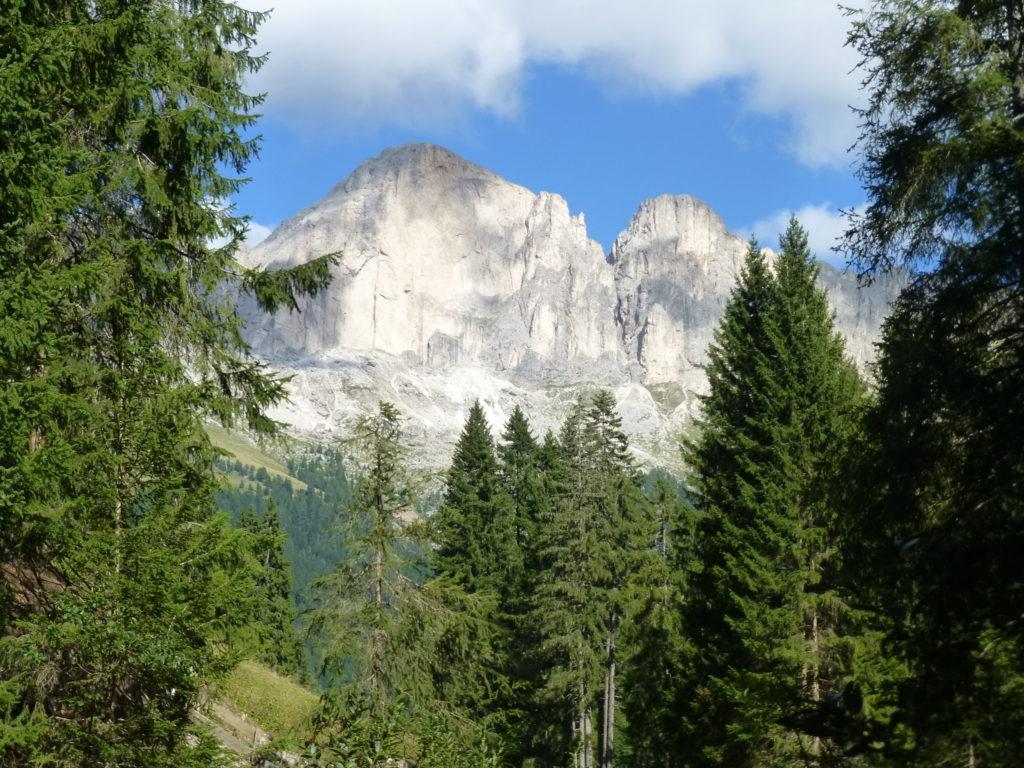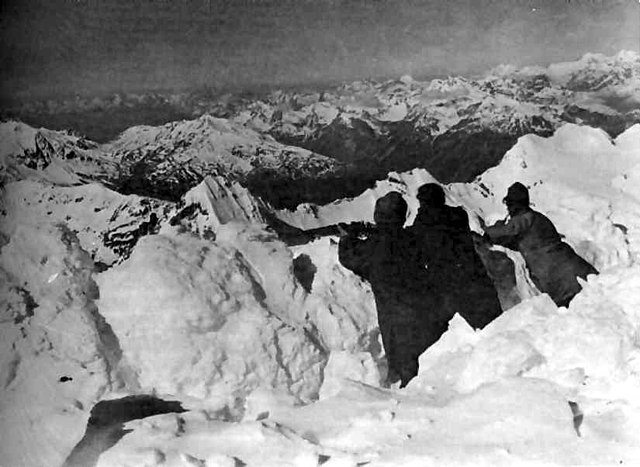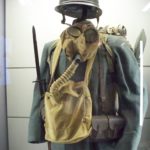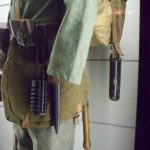In the second of this two-part series, I’ll introduce you to the top museums dedicated to depicting the historical battles of WW1 (and WW2) in the Italian Dolomites, South Tyrolean territory. In our post in June, we gave you a little bit of background about the unique high-alpine battle experiences of WW1 and some tips for making a trip out here. I’ve got webcams, virtual tours and links here for you!

Declared a UNESCO World Heritage site, South Tyrol is known for its rugged and beautiful terrain. It is a land covered with glorious landscapes of pillars, pinnacles and colossal rock walls that rise from surrounding alpine valleys.
Last month, I invited you to take a hike, and discover the relics and artifacts that have been left behind by melting glaciers in the Dolomites. These remnants of some of the most terrible battles fought between the Austro-Hungarians and Italians in WW1, create an up-close-and-personal juxtaposition between the beauty of the Alpine ranges and the ugliness of war.
Setting the Scene

The battles in regions like the Marmolada were fought with violent desperation: Italy and Austria-Hungary were prepared to demolish the mountains for the sake of winning territory but the true enemies were the harsh conditions, the cold, the lack of supplies and illnesses. In WW2, the bunkers served as shelters and fronts as well.
Back in 2011, I did a full-blown museum tour for the Reschen Valley series and visited as many of the museums dedicated to preserving the stories of these battles as I could in the span of four days. I was overloaded with impressions and learned so much. We’ve compiled a list of some of these museums with their special focusses and great offerings.
Great War Museum: Museo Marmolada Grande
Guerra located at 3000 m in Rocca Pietore, Italy
There are many hiking tours that lead a path through the devastation that was WWI. This is Europe’s highest museum and the best place to start for an introduction to the enormity of the battles that were fought here. The museum has a moving visual and multimedia exhibition that tells the story of the conflict and the daily routine of war up in the high mountains.
The exhibition area relates the point of view and the experiences of the men and soldiers, their life in the huts and trenches, the hard work and the struggles against cold, snow and ice by means of contemporary photos, video shorts, diary extracts, themed displays and artifacts that have emerged from the Marmolada’s receding ice. Considerable space is also dedicated to the famous City of Ice, a labyrinth of spaces built by the Austro-Hungarian engineering corps in the heart of the glacier.
___
Museo Della Grande Guerra 1914-1918
Cortina d’Ampezzo, Italy
Another interesting museum that is dedicated to the story of the men who fought in the Dolomites highlights the drama experienced by the people of the Dolomite and Ampezzan Ladins in particular. The Ladins were a quiet mountain people, who were oppressed by the Italian government, determined to eradicate the unique Ladin culture. The young Ampezzani in 1914 had to defend the Austro-Hungarian Empire on the Russian front, losing many men, while those remaining were forced to adapt to the demands that the Italian fascists put on them.
The exhibits and the museum highlight the value of the soldiers, not as fighters of this or that army, but as men. The adaptation to the mountains and its natural discomforts were the hardest and most exhausting of the fights. In these situations, authentic human values emerged and, after the first bloody clashes, it was clear to all involved that war was an absurd tool to solve political problems.
___
Bunker Museum
Dobbiaco, Italy
With the advent of fascism, dark times came to Italy, especially to the Tyroleans annexed from Austria and the Ladins. Attempting to gain control, Italy blocked the border, destroying old historical and relational ties among the populations that were separated by the border.
Austria was, until then, a satellite state of fascist Italy, and the annexation of Austria by Hitler was viewed by many in Italy as a personal threat. Construction of the so-called “Alpine Wall” began along the new border with the Third Reich. The “Alpine Wall” was mainly underground fortifications to shield and protect Italy against any external danger. Due to the immediate proximity to the border, a plethora of bunkers were built.
Of over 350 bunkers built in South Tyrol, one was converted into a museum. The extensive underground passage system has been renovated and partly restored to its original state. The mysterious and well-camouflaged structure is much larger than one would expect from outside. Descending deep beneath the earth, the immersion into a previously top-secret place is indeed more than just a normal museum visit!
___
Museo Storico Grande Guerra
San Cassiano, Italy
The Historical Museum of the Great War is small but rich in memories, objects, readings, and is even equipped with actors in period costumes, immersing museum visitors and letting them step back in time.
The museum is set up as a characteristic Austrian fort located at Tre Sassi. The fort was built to withhold the Italian forces in that area. The Lancedelli family has succeeded in collecting many personal finds and historical documents, many of which were collected from the local trenches by family members. They tell stories that are difficult to find in any history book.
There are additional attractions from WWI nearby: the Cinque Torri (reconstruction of Italian artillery posts), or take a climb to Sass Di Stria, where Austrian positions defended the entrance to the Valparola. You can also explore the war trenches excavated by the Italians and, visit the Cengia Martini, a ridge that was the site of vicious fighting between the Austrians and Italians.
strong>If you have never heard of the battles or hiking trails through the Dolomites as a way to learn about WW history, or have never really considered that–if you travel to Italy–you’d go to the Dolomites, I can promise you it would be an experience of a lifetime. Do yourself the favor and put it on your bucket list.
Featured image and photos by Chrystyna Lucyk-Berger unless stated otherwise
Get the Box Set Season 1: 1920 – 1924










